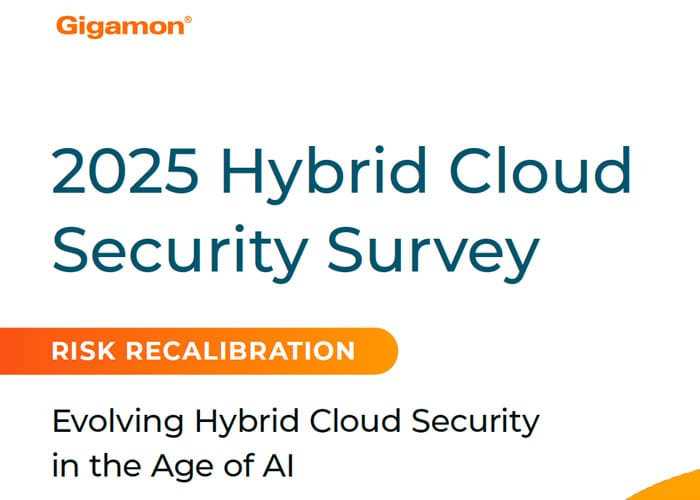From driving agility and scalability to enabling smarter, faster decision-making, cloud and artificial intelligence (AI) technologies continue to deliver business value at a pace few innovations can match. Global investment in AI is expected to grow beyond $300 billion in 2025, reaching $750 billion by 2028. This momentum shows no sign of slowing down. However, as adoption accelerates, so does the need to reassess how these innovations are secured and managed.
AI offers undeniable value, yet scaling it demands a deeper understanding of the risks—and a proactive approach to managing them. The shift toward hybrid cloud remains at the foundation of enabling these transformations. Increasingly, organizations rely on public cloud to enable the performance and flexibility needed to power AI workloads while turning to private cloud to deliver security and control. For many, these benefits still outweigh the risks, but those risks are becoming harder to ignore, and the trade-offs more difficult to manage.
Nearly all (9-of-10) Security and IT leaders are being forced to make unprecedented compromises when it comes to securing and managing their hybrid cloud infrastructure, often without the authority, visibility, or data quality needed to define what “acceptable risk” really means. In the 2024 Gigamon Hybrid Cloud Security report, we saw signs of growing tension between cloud-driven acceleration and security readiness. This year, that tension has reached a new level. The security cracks across hybrid cloud infrastructure are widening just as the AI wave hits, and without the right visibility, intelligence, and tooling in place, those cracks can quickly shift toward critical points of failure. It is time to redefine visibility, reassess risk, and reclaim control


